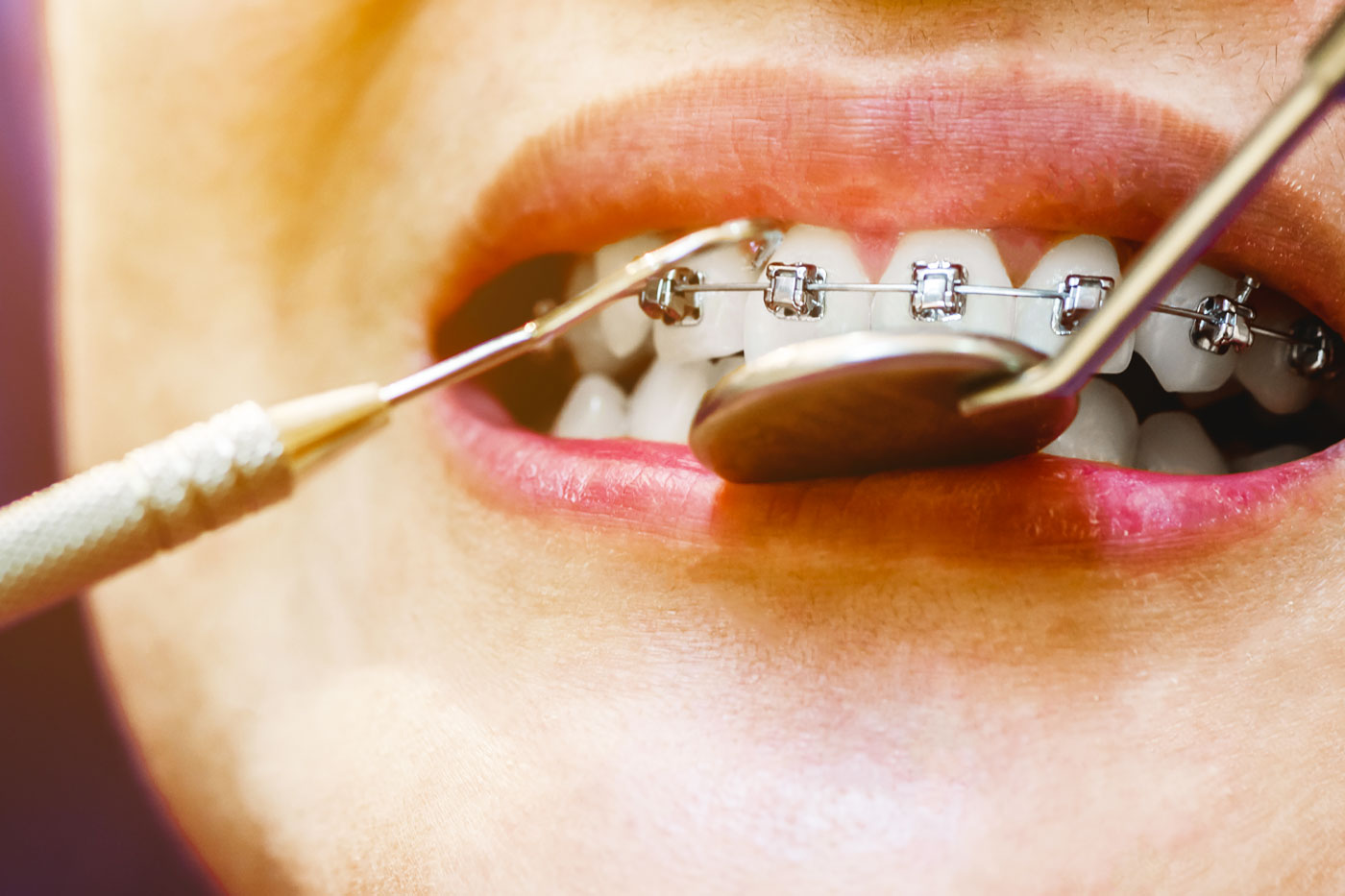
Invisalign and Braces
Invisalign and braces are both orthodontic treatments that are used to straighten crooked or misaligned teeth.
Invisalign is a treatment that uses clear plastic aligners to gradually move teeth into their desired position. The aligners are removable and must be worn for 20-22 hours a day, but can be taken out for eating and cleaning. The treatment typically takes 6-18 months, depending on the complexity of the case. Invisalign is a popular option for people who want a discreet way to straighten their teeth.
Braces, on the other hand, use metal or ceramic brackets that are bonded to the teeth and connected by wires and bands. The brackets apply gentle pressure to the teeth, gradually moving them into the correct position. Braces are a more traditional option and are often used for more complex cases where Invisalign may not be suitable.
Both Invisalign and braces can be effective in straightening teeth, and the choice between the two depends on individual needs and preferences. An orthodontist can help determine the best treatment option based on a patient’s specific case.
Both Invisalign and traditional braces are effective orthodontic treatments for correcting misaligned teeth and improving oral health. However, which one is best for you depends on your individual needs, preferences, and budget.
Here are some factors to consider:
- Visibility: Invisalign aligners are nearly invisible and may be preferred by those who are self-conscious about wearing braces. Traditional braces, on the other hand, are more noticeable but can be customized with colored bands to make them more appealing.
- Comfort: Invisalign aligners are made of smooth plastic and may be more comfortable to wear than traditional braces, which can cause discomfort and soreness, especially after adjustments.
- Treatment duration: Invisalign treatment typically takes 12-18 months, while traditional braces can take 18-24 months or longer. However, the actual duration depends on the severity of the dental issue being corrected.
- Maintenance: Invisalign aligners are removable and require regular cleaning, while traditional braces are fixed and need to be cleaned around the brackets and wires.
- Cost: Invisalign treatment is generally more expensive than traditional braces, although the cost can vary depending on the complexity of the case.
Ultimately, the choice between Invisalign and traditional braces depends on your individual needs and preferences. Consult with your orthodontist to determine the best treatment option for you.
